Mercedes presents the electric luxury sedan Vision EQS
With the Vision EQS Mercedes presented a concept of an electric luxury sedan at the IAA. The Vision EQS is intended to be more than just an S-Class with an electric motor – it is intended to be future-oriented for the “entire Mercedes-Benz EQ family”.
According to Mercedes, two things are timeless: the need for locomotion and the desire for something special. On the basis of this statement, the Stuttgart-based company designed a vehicle concept for the IAA International Motor Show in Frankfurt that is intended to give an outlook on “a new dimension of sustainable luxury”, as Daimler describes the EQS in a press release.
The development of the EQS focused on three elements: design, the built-in drive technology and the interior, including the operating concept. In terms of design, Mercedes has taken a number of new paths that we will probably encounter more often in the future with electric models from Stuttgart. The new, elongated “one-bow” design is certainly one of the most striking features. According to the designers, the “seamless” aesthetic of the tension-laden, powerful sculpture lends the VISION EQS “its majestic appearance”. Others may remind you a little of a CLA.
Some of the details are interesting: Mercedes has dispensed with separate headlights and taillights and instead relies on seamless integration of the light: the main headlights flow smoothly into the “Black Panel Grille”, which also contains 940 LEDs whose illumination is intended to lend the smooth glass surface the appearance of depth. The combination rear light consists of 229 individual LED stars which are integrated into the body. In addition, the lower part of the body, painted silver on the show car, is separated from the upper part, which is held in black, by a surrounding LED light strip. The designers are testing many ideas all at once – as I said: We will see some, but certainly not all, of them again in later series models.
The Vision EQS also takes its role as a technology carrier – which is always a new luxury saloon at Mercedes – seriously. The study is based on a completely new, fully variable electric drive platform that is to be “scalable in many respects and can be used across all models”. Thanks to the modular system, the wheelbase and track width as well as all other system components, especially the batteries, are variable and thus suitable for a wide variety of vehicle concepts. The vehicle structure is based on an “intelligent multi-material mix of steel, aluminium and carbon and sustainable materials from recycled materials”.
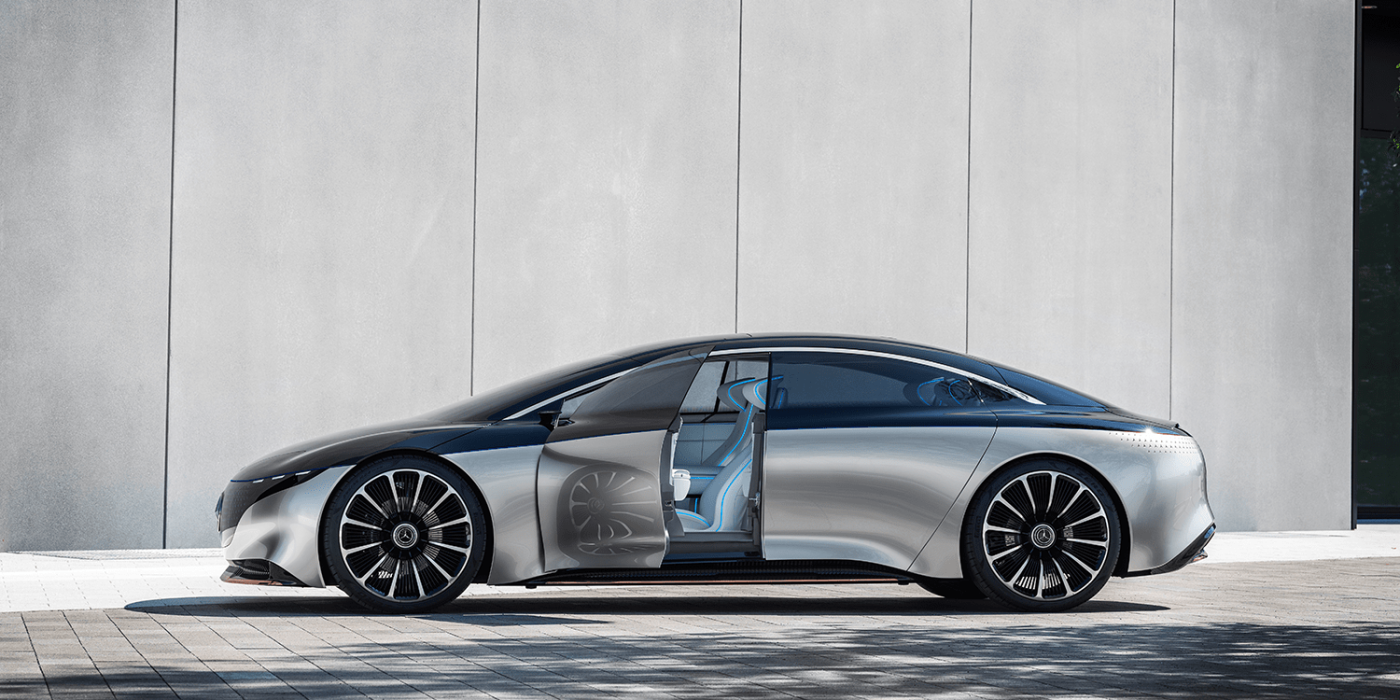
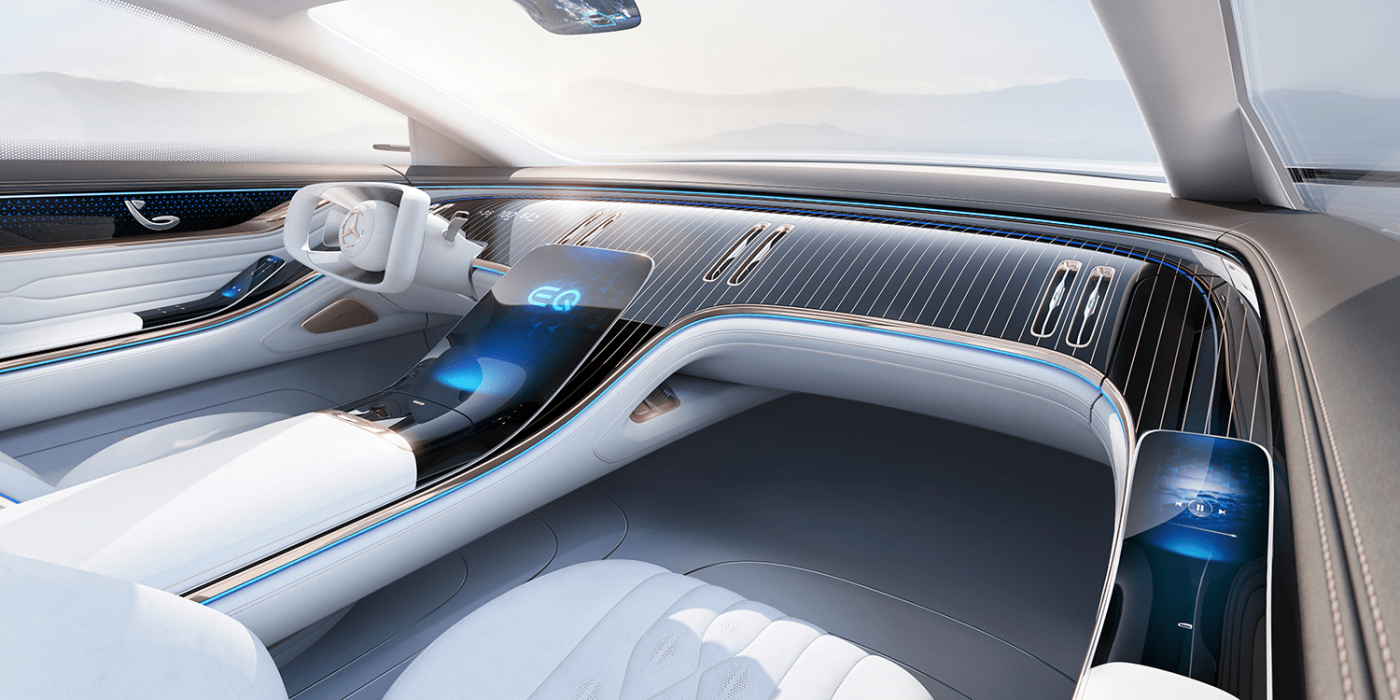
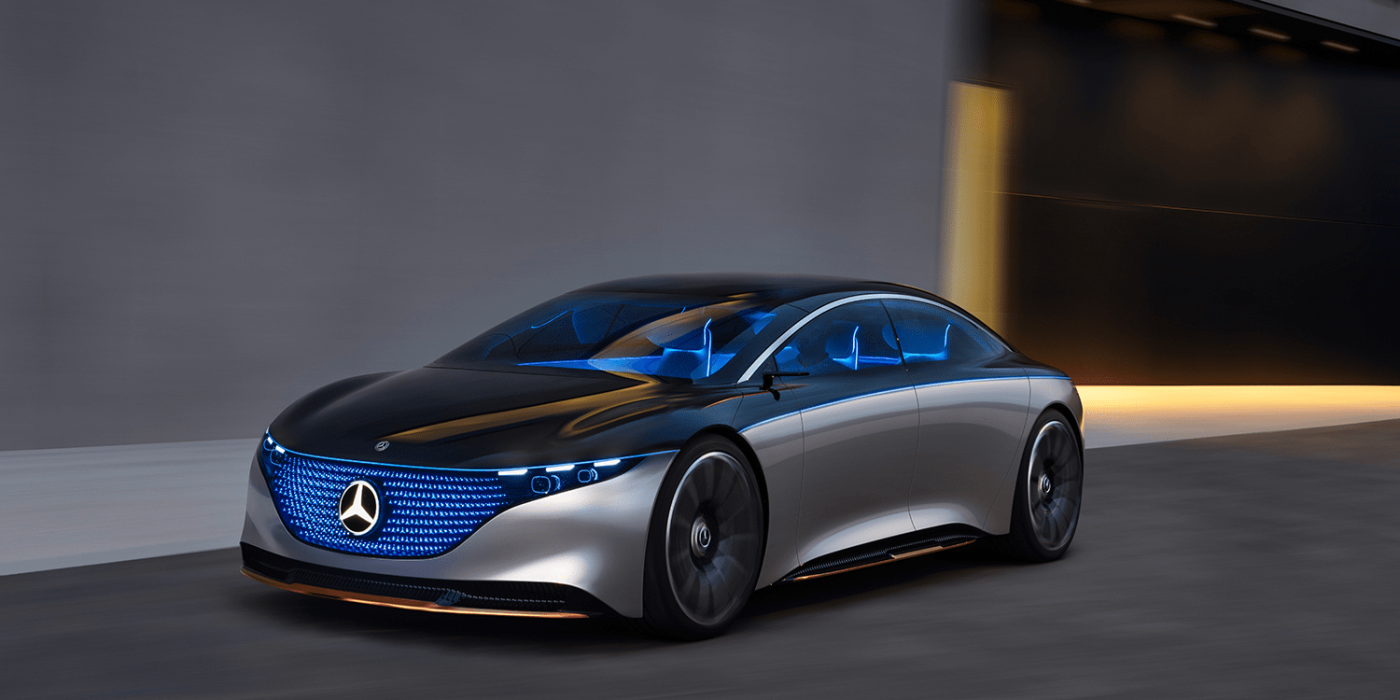
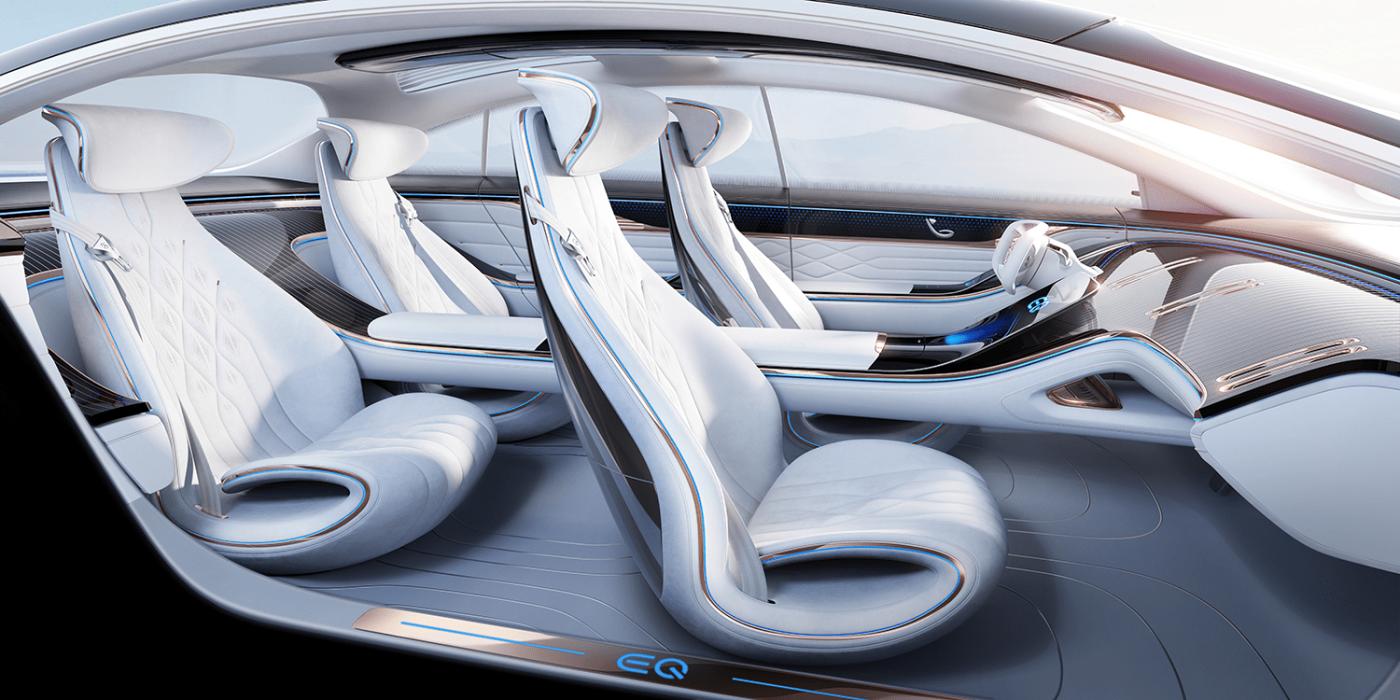
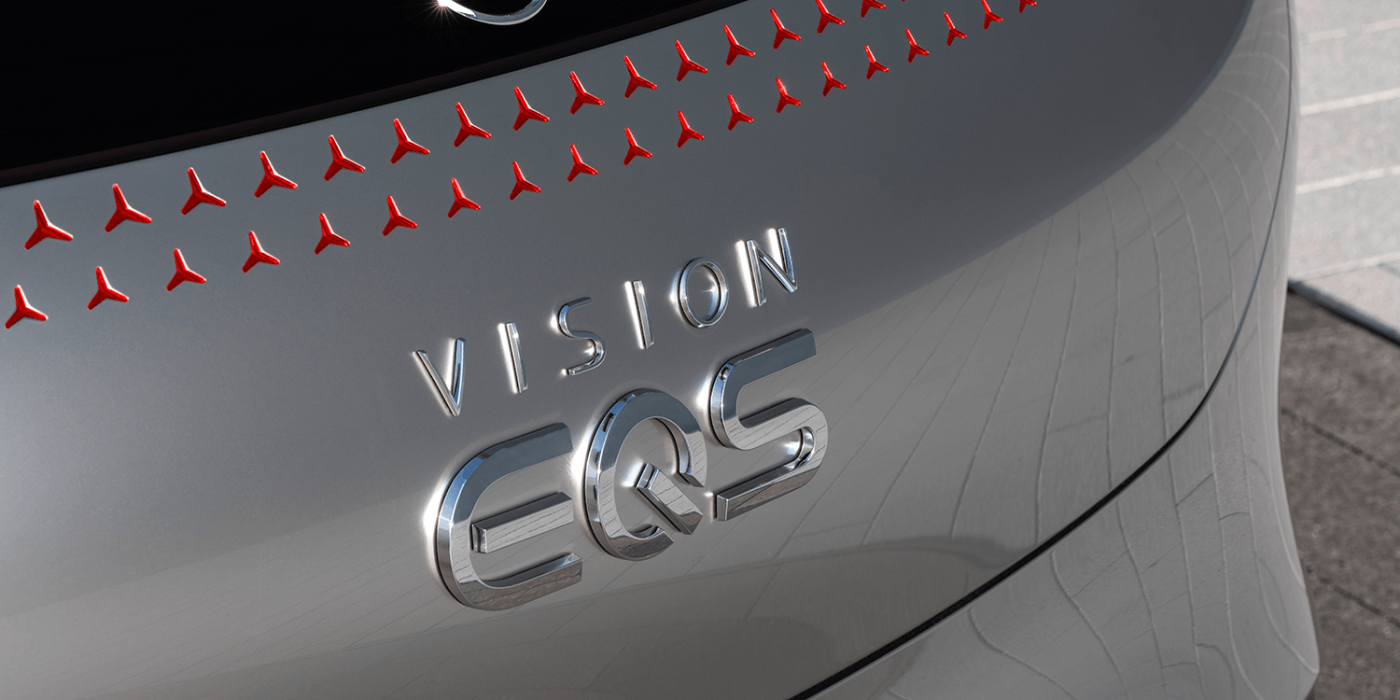
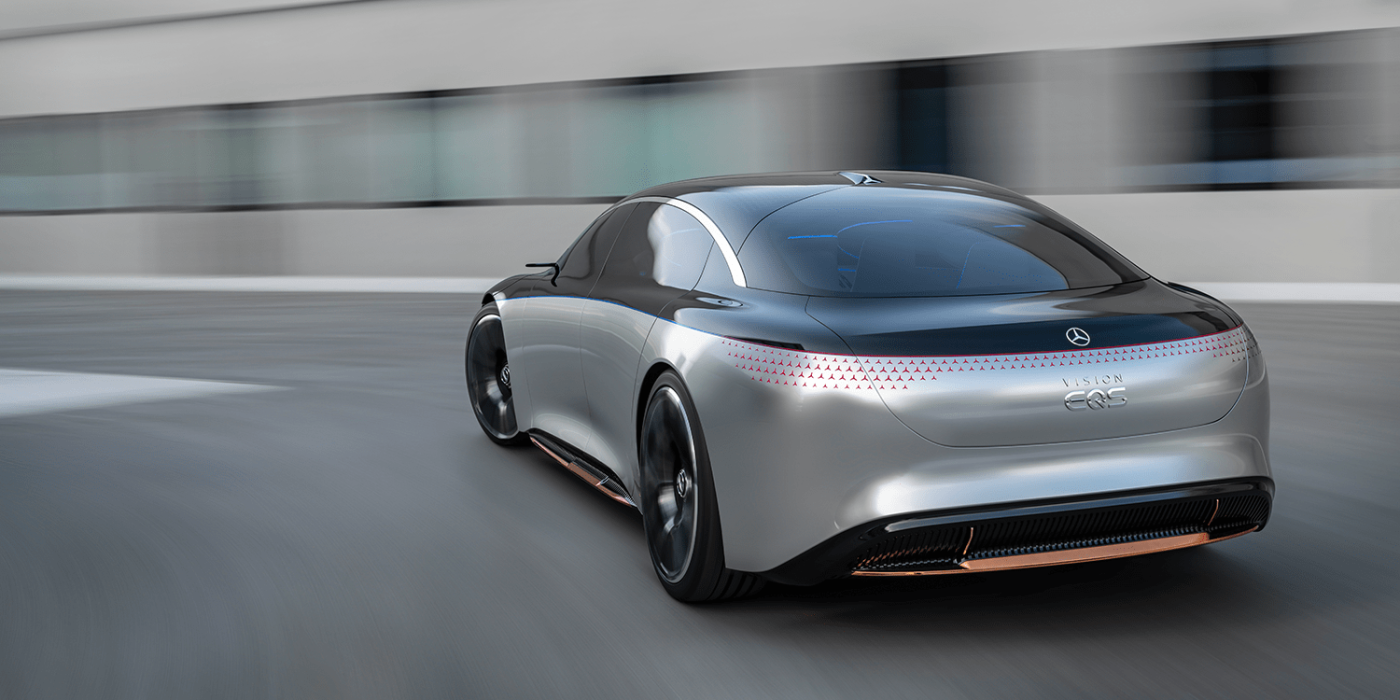
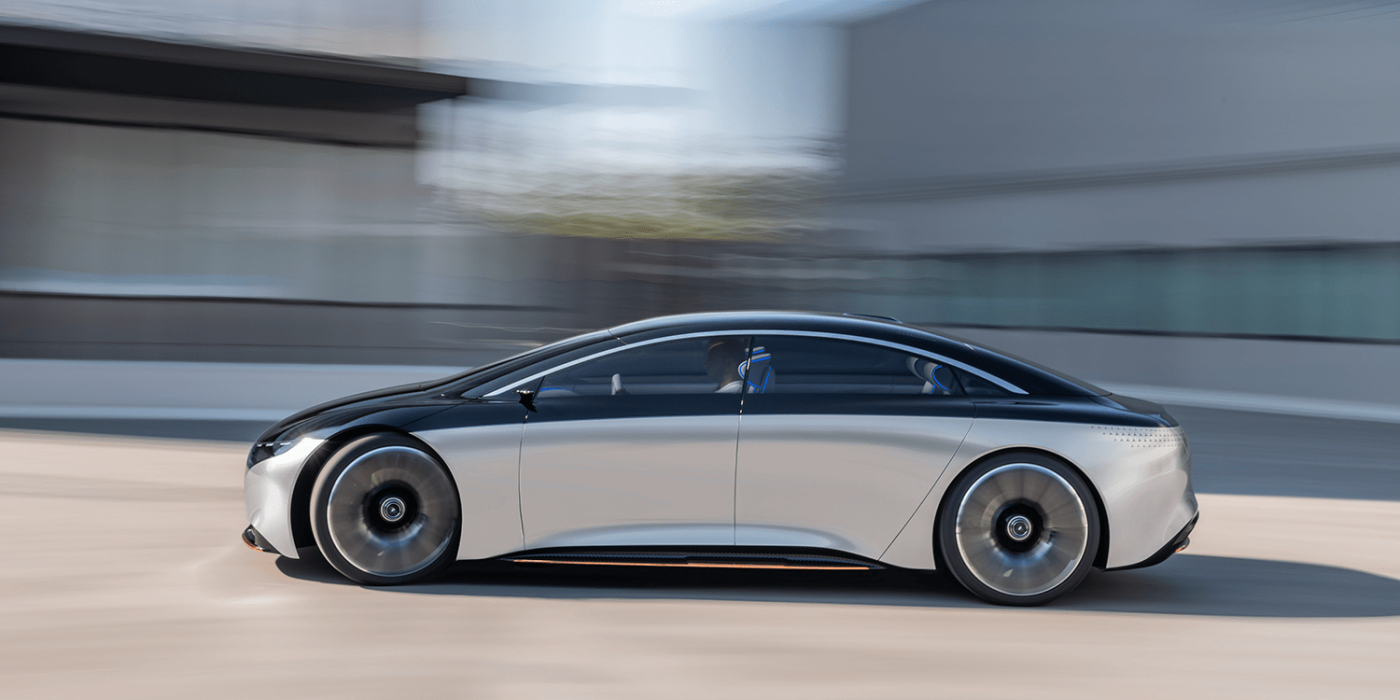
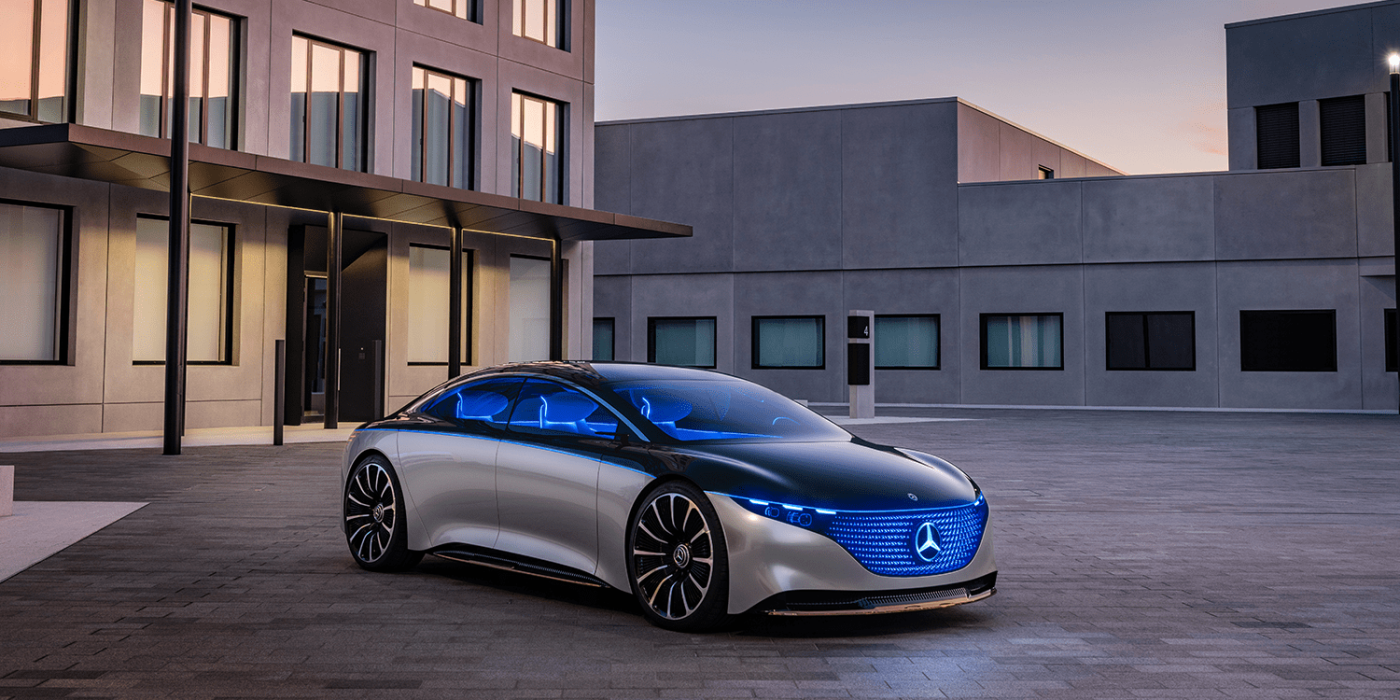
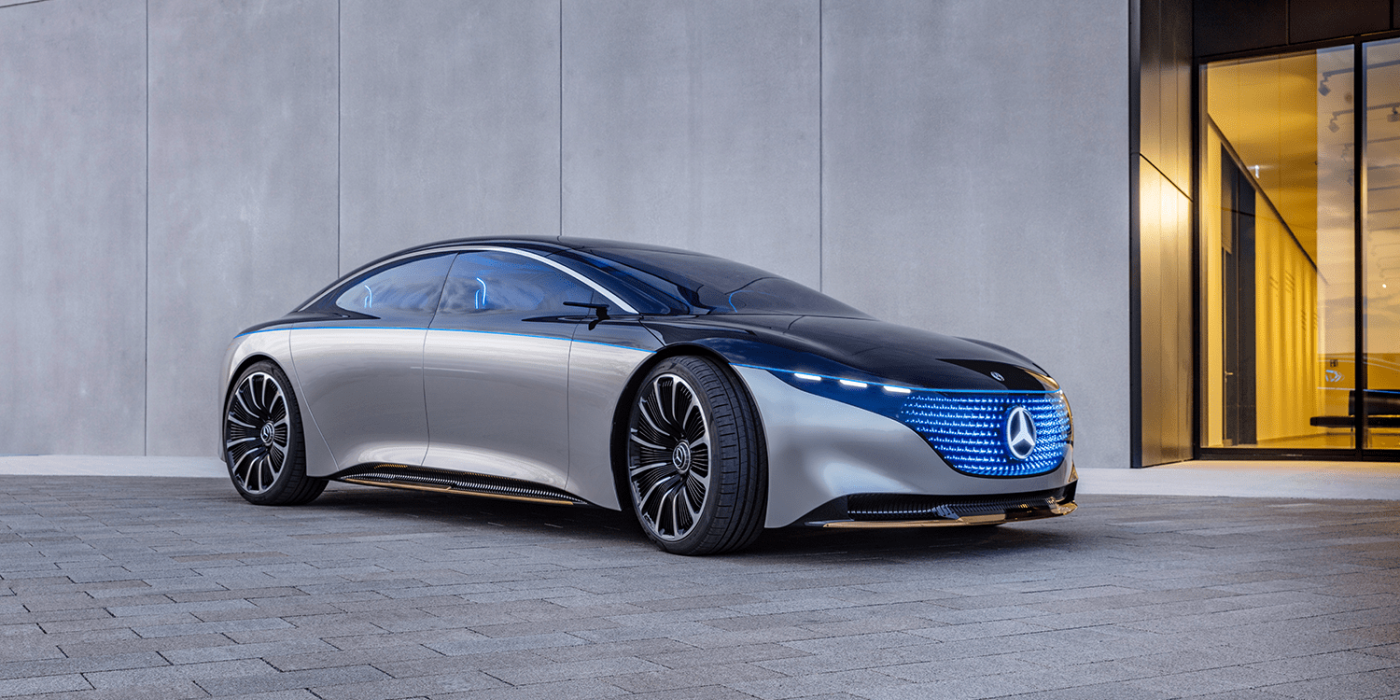
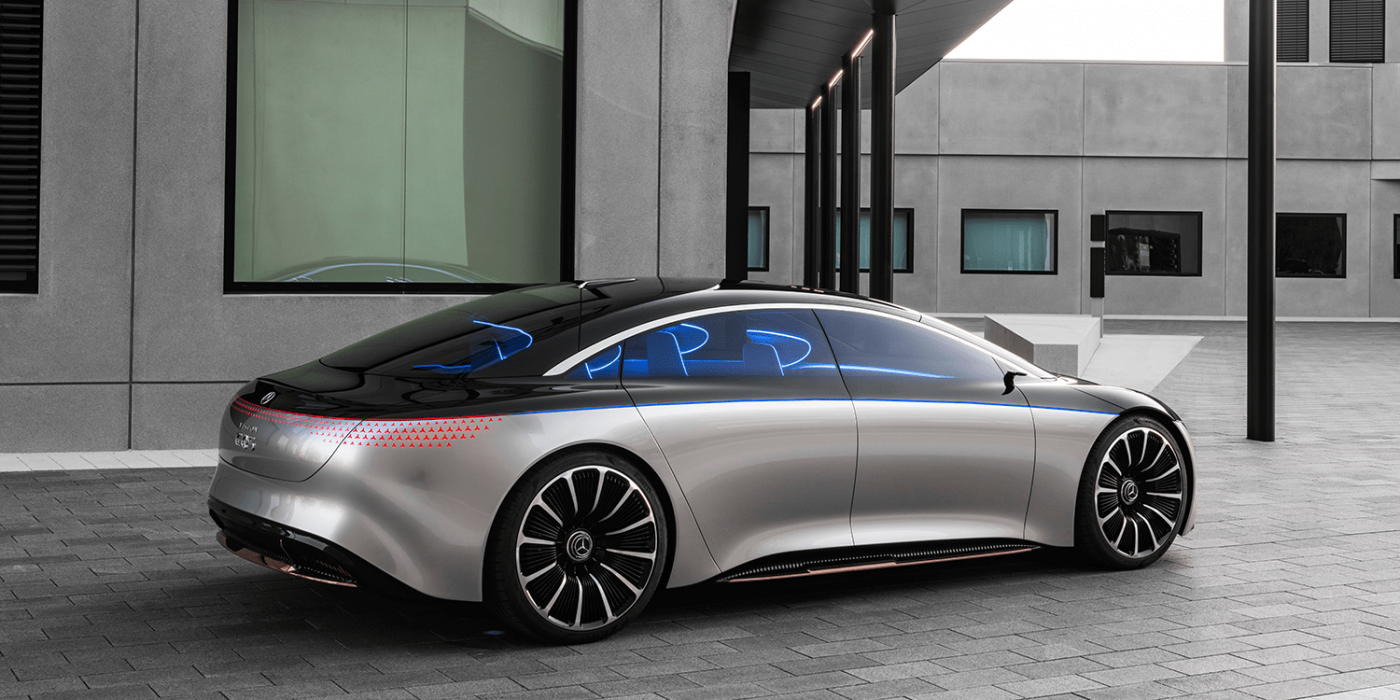
Mercedes reveals little about the technical data behind the new concept. The Vision EQS combines two electric motors for an output of 350 kW, it can sprint to 100 km/h in less than 4.5 seconds and the top speed is estimated to be over 200 km/h. The new platform is designed for a maximum speed of 200 km/h. The new engine is designed for a maximum speed of 100 km/h. Mercedes nevertheless states a WLTP range of “up to 700 kilometres”. An interesting aspect to note is that the communication mentions a charging capacity of 350 kW – Mercedes seems to be switching to 800 volt technology with the next generation of the luxury saloon. It will be even more interesting to see whether the EQS will be the first 800-volt model from Stuttgart or whether another model before it will be equipped with this technology.
The third point remains, the interior. The conclusion of the body design should also apply here: We will see some elements in production cars, others rather not. We strongly suspect that the stylish but probably somewhat impractical seats with their curved design will still be replaced by more conventional armchairs for series production – as is common practice in studies. The Vision EQS operating system should have a much better chance of making the leap into series production, albeit in a modified form. The screens merge with the fitting supports, so to speak. In PR prose, this was elaborated as follows: “The fusion of material and information underscores a possible intuitive interaction of the future”.
It remains to be seen whether the central display integrated smoothly into the centre console will be able to go into series production. But Mercedes is also moving in the direction of touch operation – even though until just a few years ago Thomas Weber, the company’s Chief Development Officer, pursued a completely different direction. Even in the doors, for example at the position of the window regulators, the driver and front passenger now have their own side displays that can be used to individualize the driving experience.
Mercedes also addressed another important point: sustainability. Mercedes reaffirmed its goal of aiming for a CO2-neutral fleet of new cars in 20 years’ time – in less than three product cycles. To this end, plants are also to be planned to be CO2-neutral, renewable energies used and recyclable materials installed.
The fact that sustainability is not easy to achieve, however, and that corporate groups are also partly dependent on their suppliers, is shown by a particular sentence from the press release: “…the Sindelfingen site uses renewable energies and was designed to be CO2-neutral from the start. All the European plants will follow this principle by 2022.” If even major automobile corporations have to wait for suppliers, electrification may take some time.

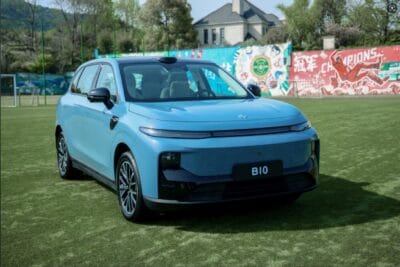
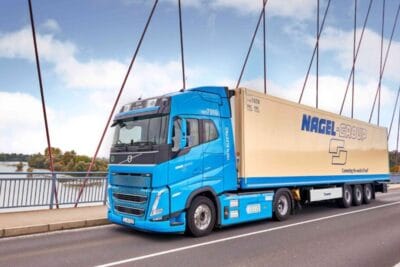
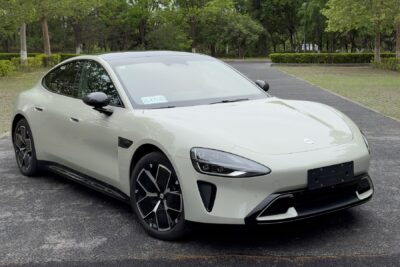
0 Comments